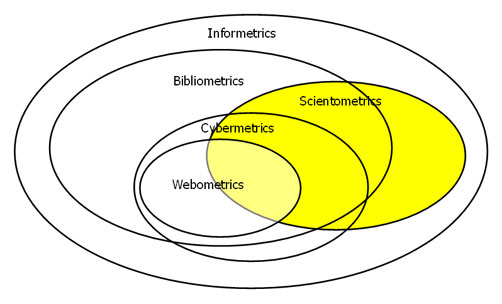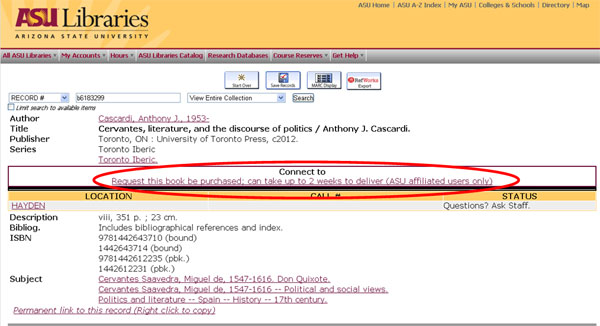The Human Library in the Netherlands: A successful exchange of life
The originally Danish principle of The Human Library has been known in the Netherlands for about six years now. Even during the coronavirus crisis, the organizers managed to reach more than 700 people in over 20 sessions. The high average rating given by the participants is in line with the positive results of previous studies on the impact of The Human Library. A distinction can be made between short-term and long-term effects, effects on voluntary participants versus participants in an edition of The Human Library in a mandatory setting, such as a work situation, and effects achieved in terms of awareness, change in attitude and behavioural change. In almost all of these areas, The Human Library scores high. In the future, more research can be done into the distinction between these different situations, as well as on the effect on the ‘books’ rather than the ‘readers’, on whom almost all research now focuses.

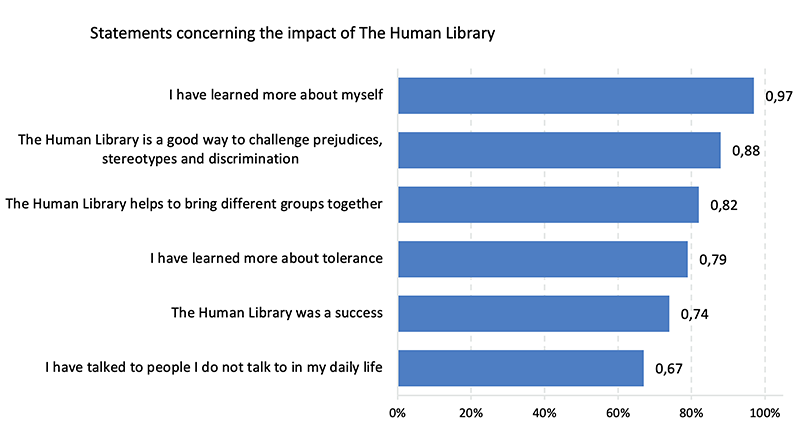
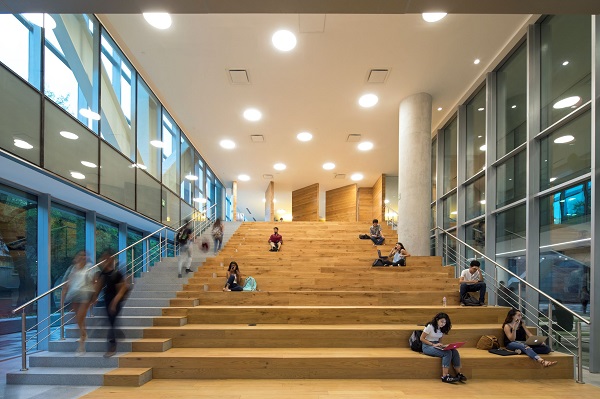
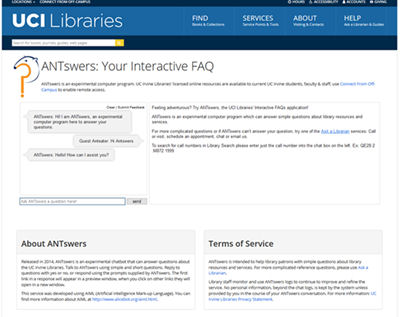
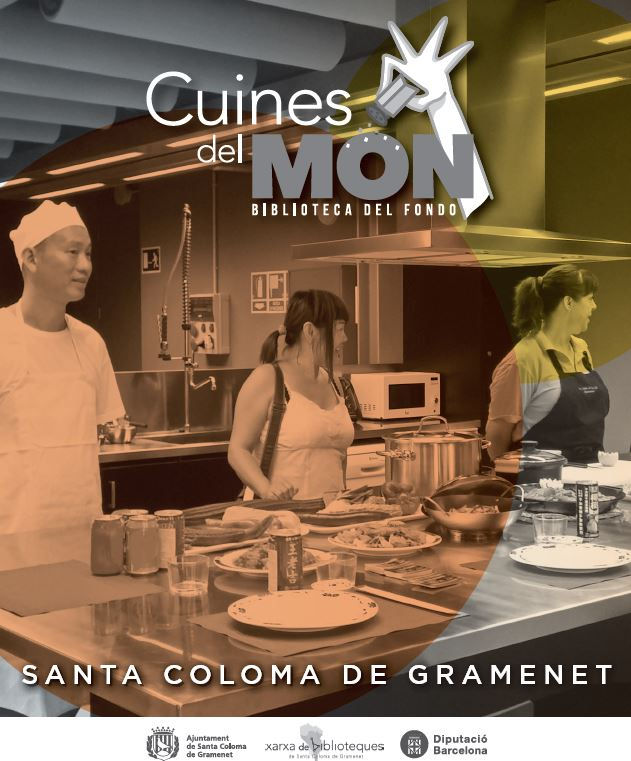
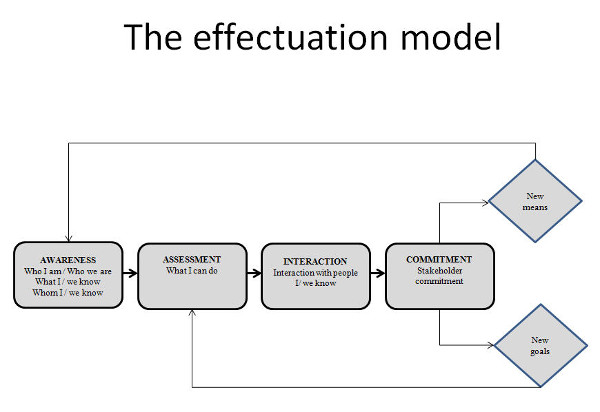
![Classificació dels diferents tipus de crowdsourcing [elaboració pròpia a partir d'Estellés-Arolas i González-Ladrón-de-Guevara (2012)]](https://bid.ub.edu/wp-content/uploads/2015/11/alcala1.jpg)
